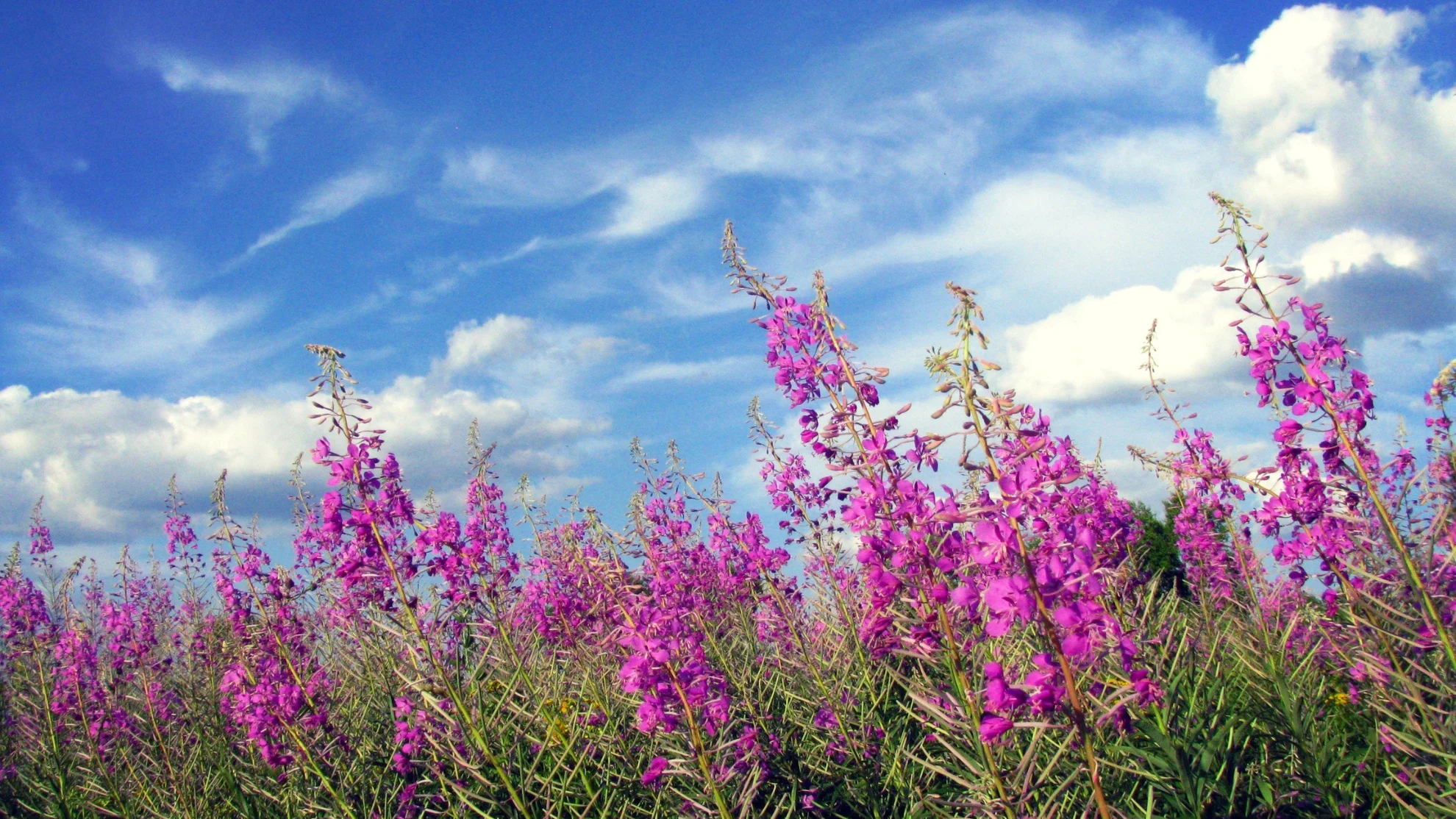
Let's get to know Canada's wildflowers
A wildflower is a flowering plant you can find growing naturally in an environment, without being planted by humans
Canada is home to 4000 species of flowering plants native to Canada, and as many as 3,000 could be considered wildflowers.
What is a wildflower?
A wildflower is a flowering plant you can find growing naturally in an environment, without being planted by humans.
Today, we're talking about native wildflowers, i.e., the plants that have evolved to a specific environment without human intervention.
That distinction is important, because Canada is home to both native and invasive wildflowers, i.e., plants that are not naturally-occurring and were introduced into the Canadian ecosystem by humans, either intentionally, as ornamental garden plants, or accidentally, by hitching a ride on produce or a shipping container.
Invasive seeds can spread into a community and start to spread plants "naturally" from there, just like our native varieties.
So, with that in mind, here is a selection of some of Canada's wildflowers.
Milkweed
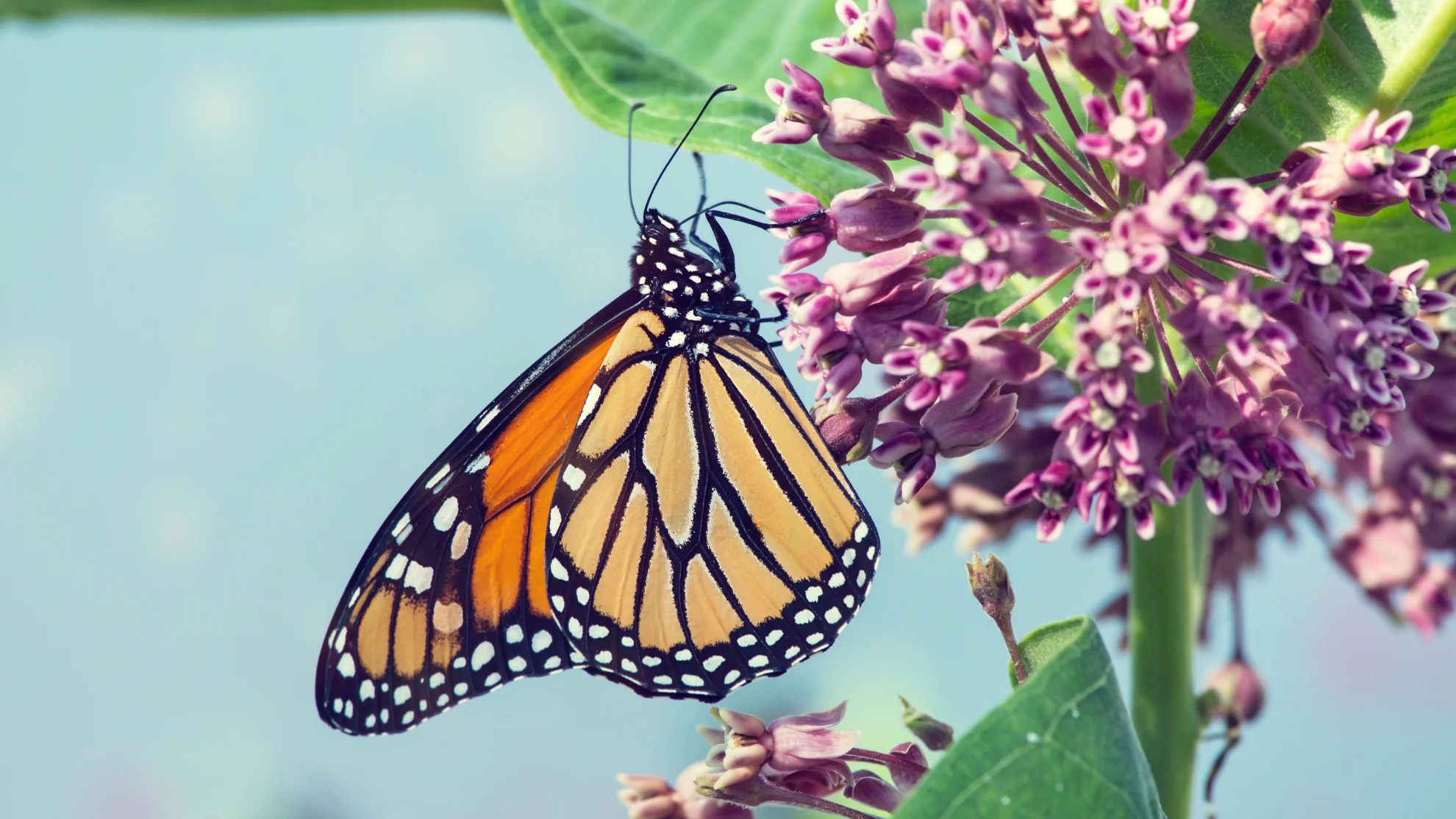
File photo of milkweed via Canva Pro.
Native milkweed is a great addition to your garden. Female monarch butterflies exclusively lay their eggs on milkweed, and it's the only thing caterpillars will eat.
A dwindling milkweed population has a direct impact on monarch numbers. Loss of milkweed isn't the only challenge facing the species, but supporting the growth of native variations is a step in the right direction.
Trillium

Aldergrove Regional Park
Ontario is home to the trillium, which has been the provincial flower since 1937. Outside of Ontario, you can find it growing in deciduous forests in southern Quebec and in British Columbia.
In 2009, the Ontario Trillium Protection Act was introduced, suggesting fines starting at $500 if an individual is caught picking the flower. That bill was never enacted, but picking a trillium is strongly discouraged because it can damage or kill the remaining plant.
Fireweed

Canva Pro.
Fireweed, found in disturbed areas and forest clearings in British Columbia, Alberta, and other pockets of western Canada, is a symbol of resilience.
"If you're seeing it in large abundance, that is the first sign of ecosystem recovery following a disturbance like a fire, and those plants are playing a really important ecological role in getting the forest rolling again," Lori Daniels, a professor of forest ecology at the University of British Columbia, told the CBC in 2023.
Wild American ginseng

American ginseng. (Lori Owen/CC BY-NC 4.0)
Wild American ginseng is endangered in Canada due to overharvesting from poachers.
Even small roots of this wildflower are lucrative on the black market. Anyone caught illegally harvesting it can face fines of up to $250,000 and a year in jail.
If you ever get near a plant, though, there's a good chance officials will know. In some spots, it is under motion-triggered video surveillance.
Purple saxifrage
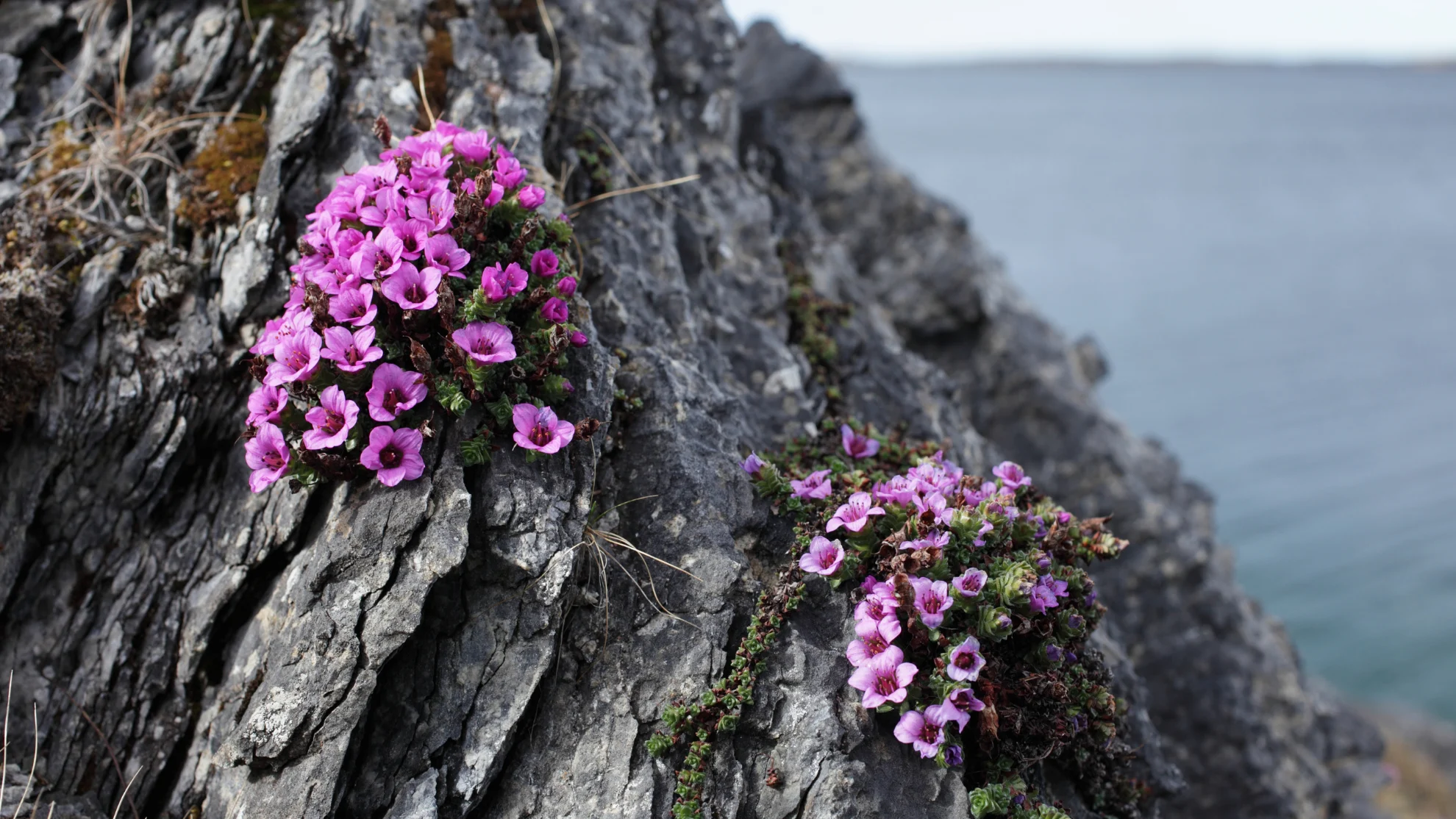
Canva Pro.
The purple saxifrage is one of the northernmost flowering plants in the world, and on May 1, 2000, it became Nunavut's official flower. This early bloomer loves Arctic environments, and you can find it across northern Canada.
Goldenrod
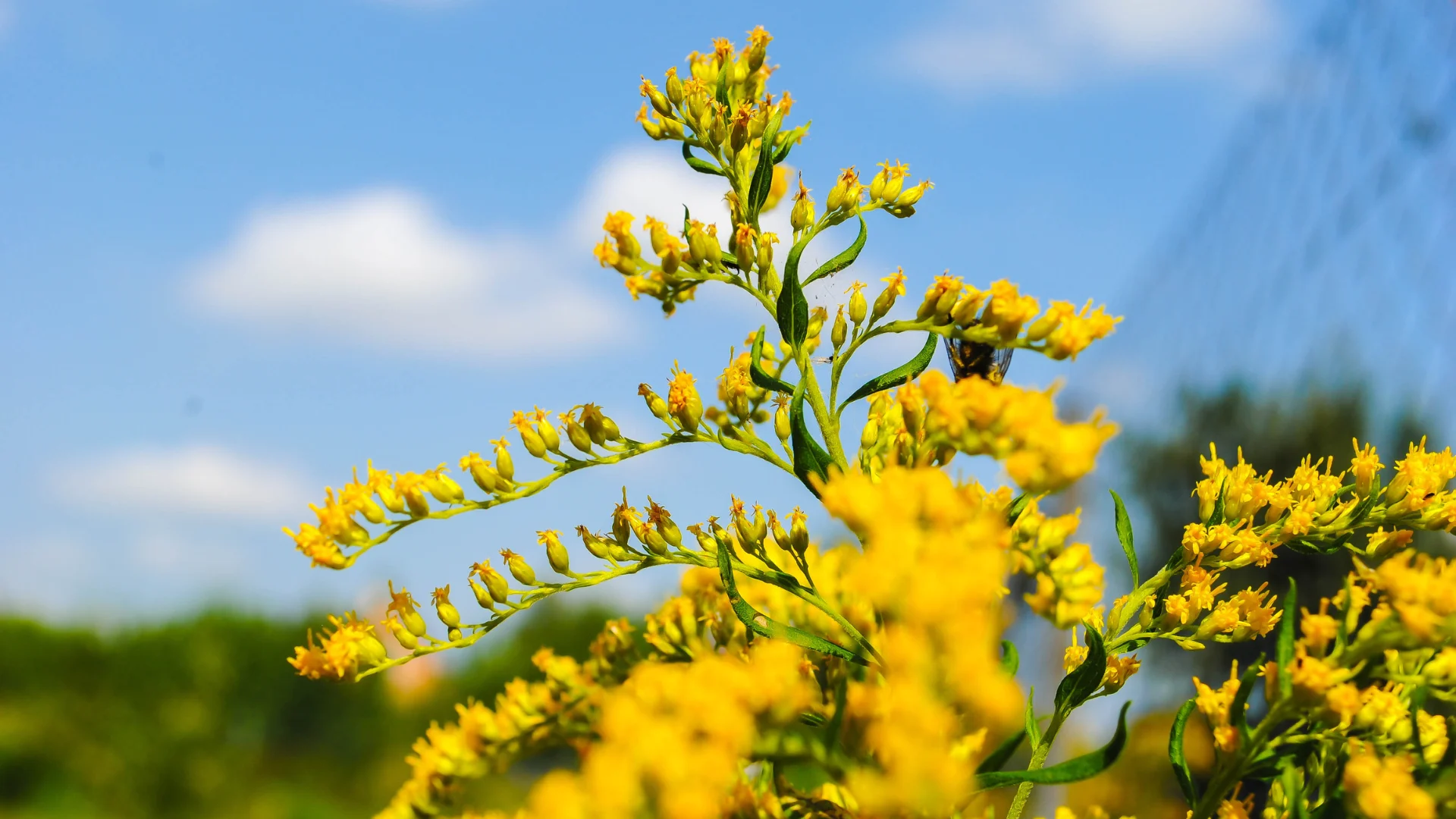
Canva Pro.
Here's an interesting fact about the goldenrod wildflower: It has no brain or central nervous system, but 2024 paper from Cornell University suggests this plant is "intelligent."
For their paper, Kessler and co-author Michael Mueller, a doctoral student in his lab, pared down their definition of intelligence to "the ability to solve problems, based on the information that you get from the environment, toward a particular goal," Kessler said.
Lab experiments showed the plant meeting this criterion, with one test suggesting that the tall goldenrod "hears" the screams of its neighbors when they're under attack.
When leaf beetles snack on goldenrod leaves, the plants emit chemicals, which act as a signal to other insects, telling them the plant is damaged and not a good food source.
They also change how their leaves reflect red light, which nearby goldenrods can detect.
Neighbouring plants that understand the signals launch a defense system, which includes growing faster and producing more chemicals that deter insects.
"This would fit our definition of intelligence," Kessler said.
"Depending on the information it receives from the environment, the plant changes its standard behaviour."
Shooting star

H. Zell/Wikipedia CC BY SA 3.0
Between spring and early summer, you might come across a shooting star wildflower, which is native to open woods and meadows in southern Canada. They're known for their petals that sweep backward, resembling a shooting star. Shooting star flowers are a popular native garden perennial. They're known for attracting pollinators like honeybees.
Western red lily

Mason Brock/Wikipedia/Public Domain
If you spot a western red lily in Saskatchewan, leave it be. This provincial flower is protected under Saskatchewan's Provincial Emblem and Honours Act. Picking this plant could result in a fine of up to $500, and it probably won't survive. The species doesn't fare well when transplanted.
Prairie crocus
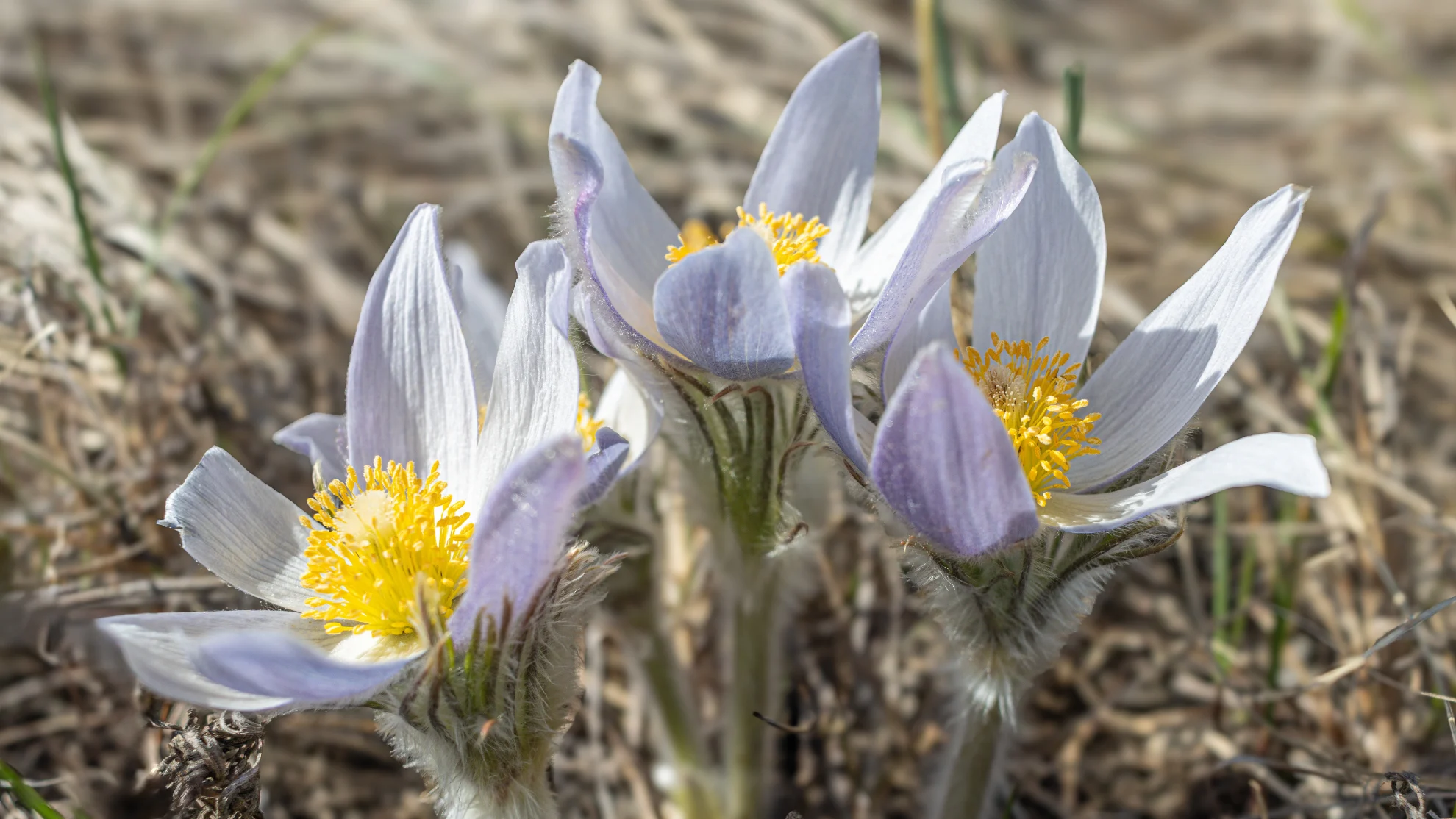
Canva Pro.
The prairie crocus, also called the pasqueflower, is one of the earliest blooming wildflowers in Canada, sometimes seen popping up through the snow.
Primarily found in the Prairie provinces, you'll see this wildflower in the grasslands and in dry soil. It was officially adopted as Manitoba's provincial flower in 1906.
Canadian wild rose
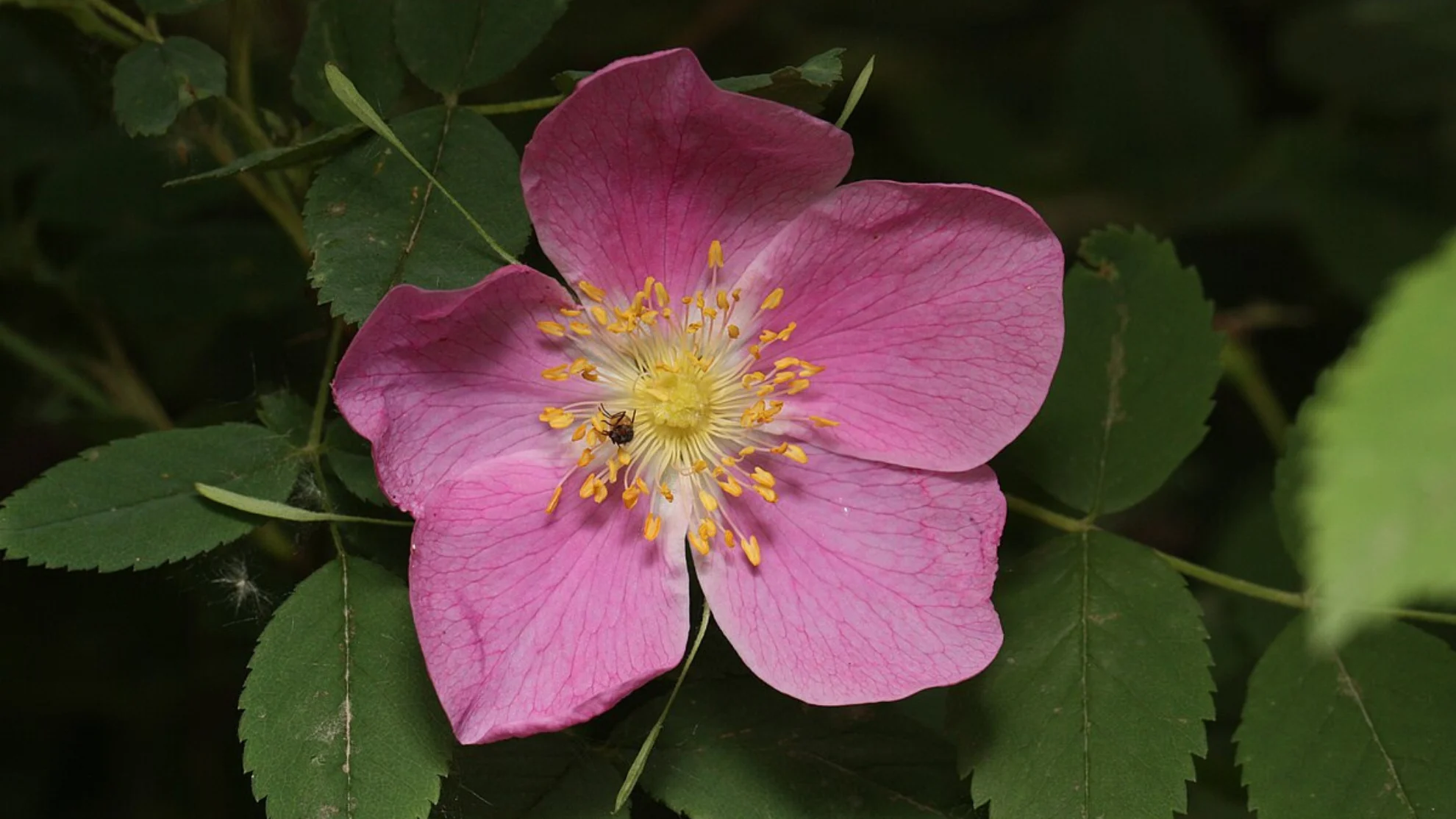
Walter Siegmund/Wikipedia CC BY SA 3.0
This is a flower of many names. Its scientific name is Rosa acicularis, but it's also referred to as the Canadian wild rose, the prickly wild rose, and the Arctic rose, among others!
It is native to the northern Great Plains, so it's a natural fit for Alberta's provincial flower.
Its hip, or fruit, remains intact through the winter and is apparently high in Vitamins A and C. It has been used as an ingredient in traditional Indigenous medicine, and to make tea, salads, and perfume.
Prairie smoke
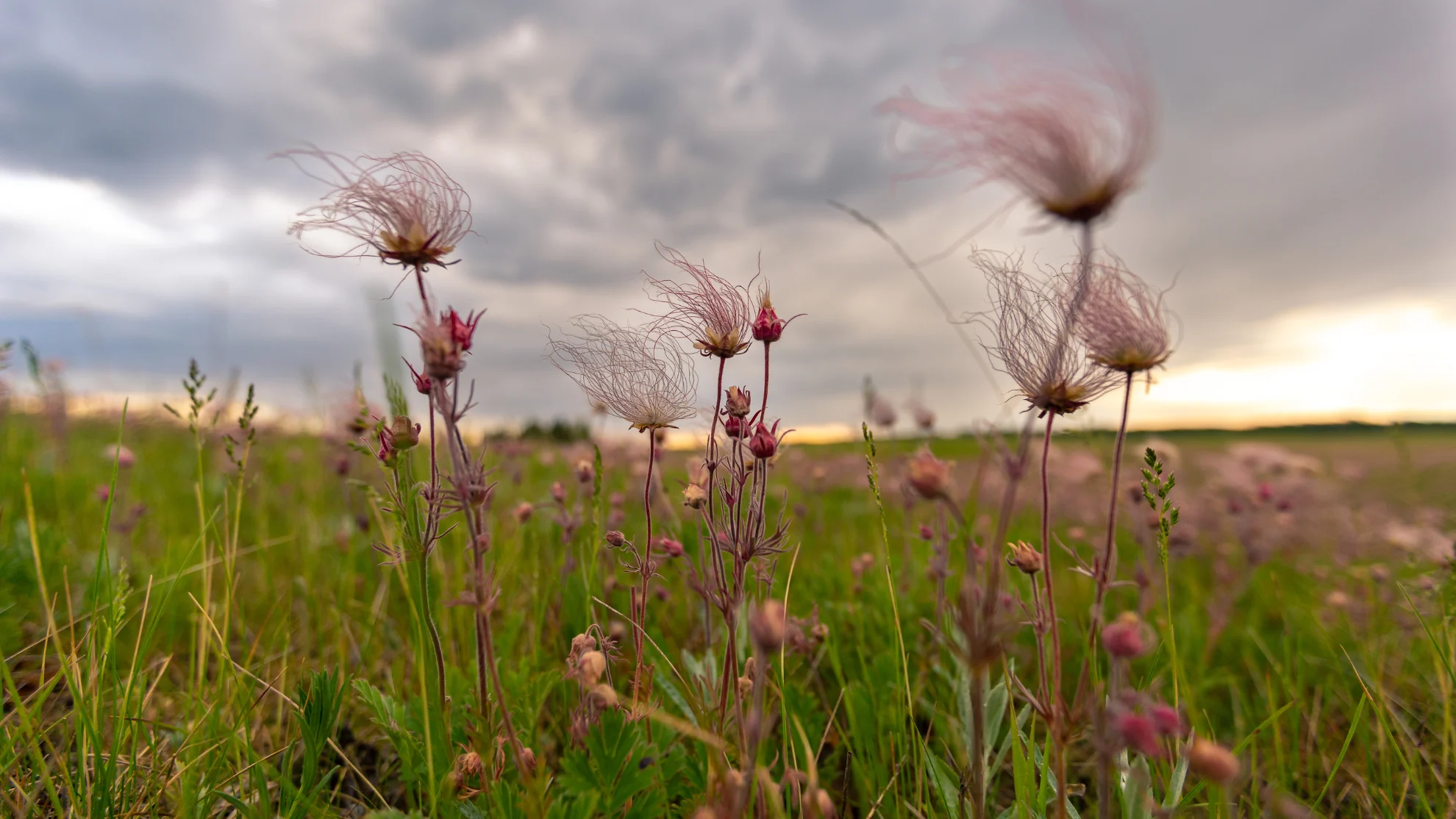
Getty Images via Canva Pro.
Prairie smoke is an early spring bloomer, found in western Canada's grasslands.
Its name comes from the feathery seeds it sprouts, which resemble smoke. You'll also sometimes hear it called old man's whiskers.
You'll often find this flower in local gardens because it's drought-resistant, and it sure is pretty.
Heal-all (or selfheal)
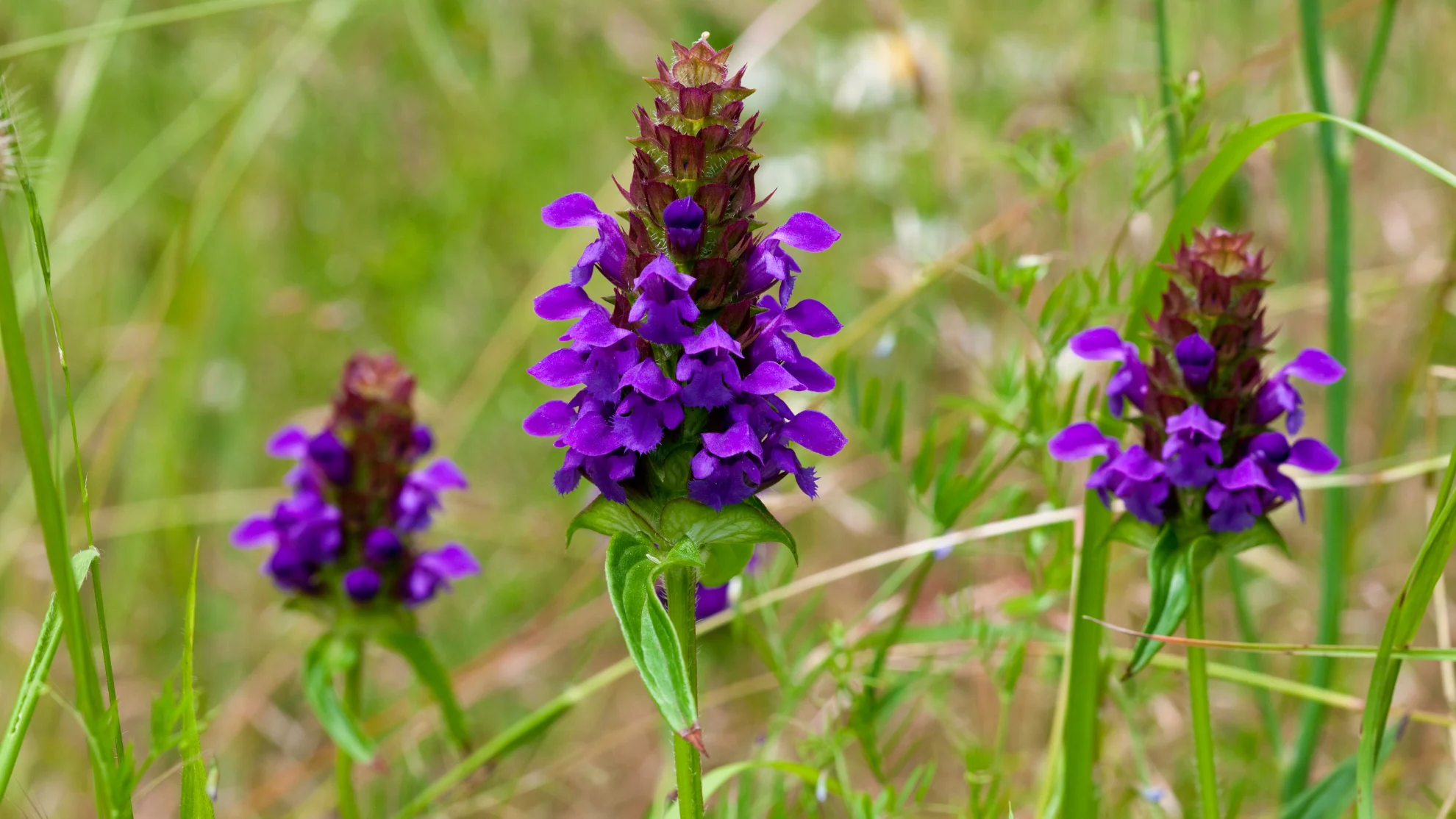
Canva Pro.
The name of this plant isn't an exaggeration: Used in traditional medicine for centuries, heal-all is said to have countless medicinal uses:
"For both humans and horses, it could be used as an eyewash on cold or windy days and as a dermatological aid," reads an excerpt from the Washington College website.
"The Cree natives of Hudson Bay chewed the herb for sore throats. The Iroquois harnessed selfheal for a use as an antidiarrheal, emetic, antiemetic, blood purifier, cold remedy, cough medicine, gastrointestinal aid, gynecological aid, hemorrhoid remedy, orthopedic aid, pulmonary aid, respiratory aid, tuberculosis remedy, sedative, and venereal aid. Among many native groups, including the Algonquin, Delaware, Iroquois, and Mohican, selfheal was used as a febrifuge (fever reducer), typically in liquid form."
According to the Government of Canada, it can be found in open fields, gardens, pastures, grasslands, lawns, turf, thickets, open forests, riparian and wetland sites, roadsides, railway lines, and disturbed areas everywhere in Canada except for Nunavut and Northwest Territories.
Yellow lady's slipper
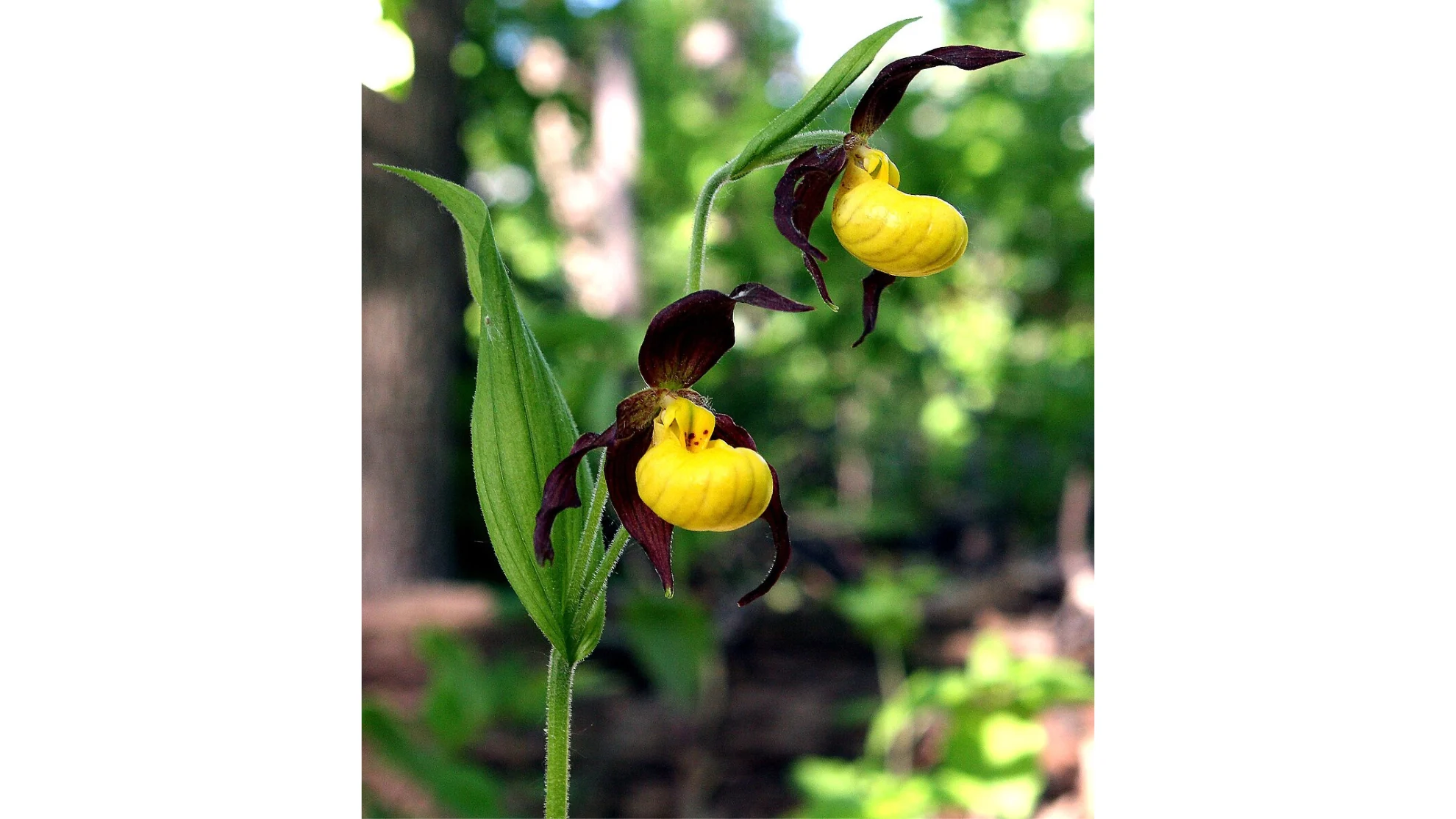
Hardy Plants/Wikipedia/public domain.
This perennial orchid is found in Manitoba and Ontario. According to the Government of Canada, there are 28 distinct populations of the flower, and 21 of them are in Manitoba, where it is listed as endangered. The biggest threats are habitat loss and degradation, competition from invasive plant species, and urban development.
Blue-eyed grass
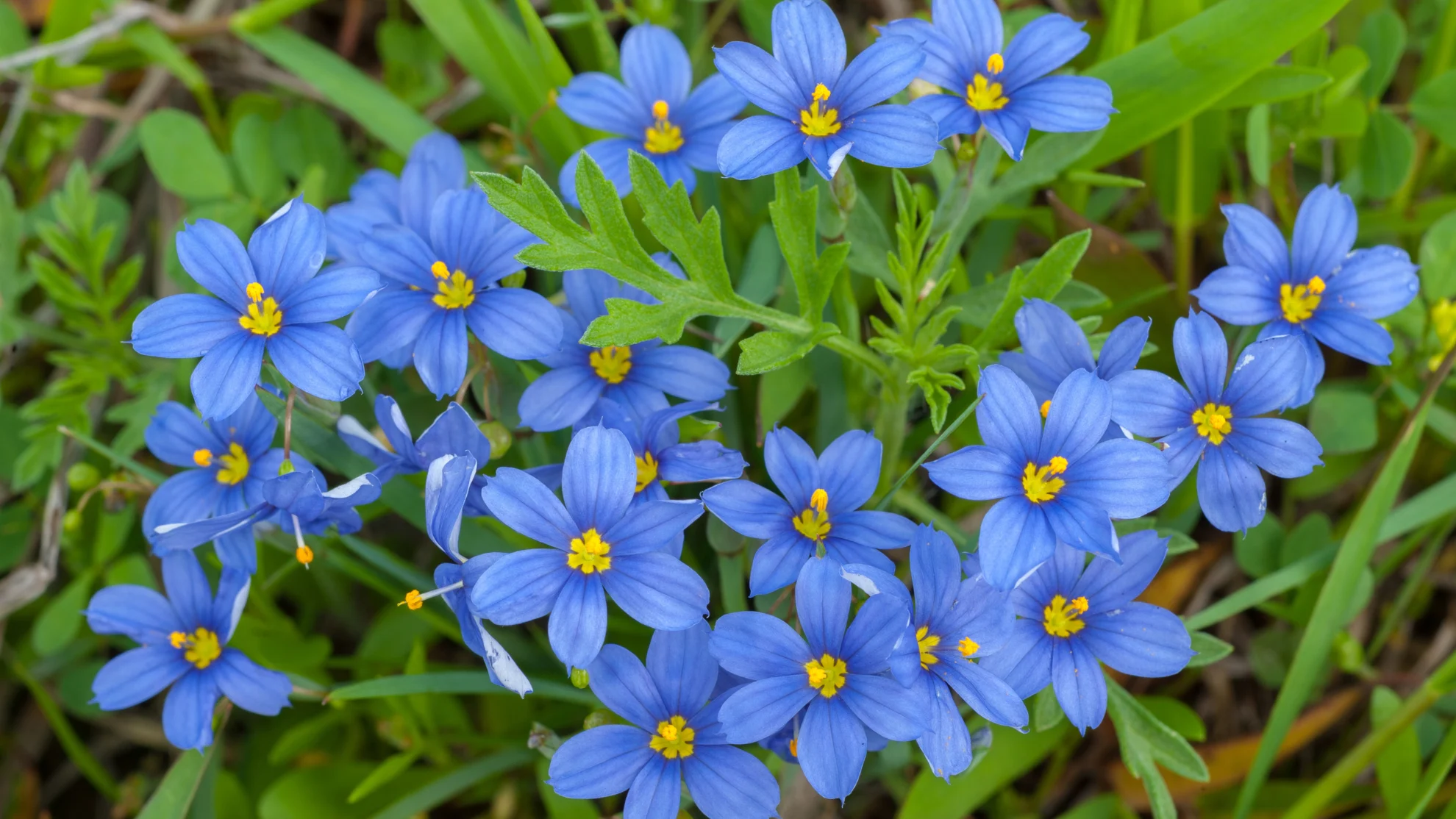
Canva Pro.
Despite its name, Blue-eyed Grass is not a true grass but rather, a member of the iris family.
Its small, star-shaped blue or violet flowers with a yellow center bloom in spring and early summer. You're likely to find this perennial on dry, open roadsides and in meadows with good drainage.
It's found in every province and territory except for Nunavut.
